Table of Contents
- Introduction to Smoked Brisket Temperature
- The Evolution of Brisket Smoking Temperatures
- Smoking Techniques with the Right Temperature
- Environmental and Equipment Constraints for Temperature Control
- Spice Rub Combinations That Elevate Your Brisket
- Buying Guide for the Best Tools and Spices
- Frequently Asked Questions About Brisket Temperature
- Conclusion
Introduction to Smoked Brisket Temperature
Contrary to common misconception, brisket is never "roasted" - it's smoked or slow-cooked at low temperatures. The key to perfect brisket lies in mastering the correct smoking temperature range and internal doneness. In this guide, you'll learn the scientifically-backed temperature standards used by professional pitmasters, how to monitor cooking progress, and common mistakes that ruin brisket texture.
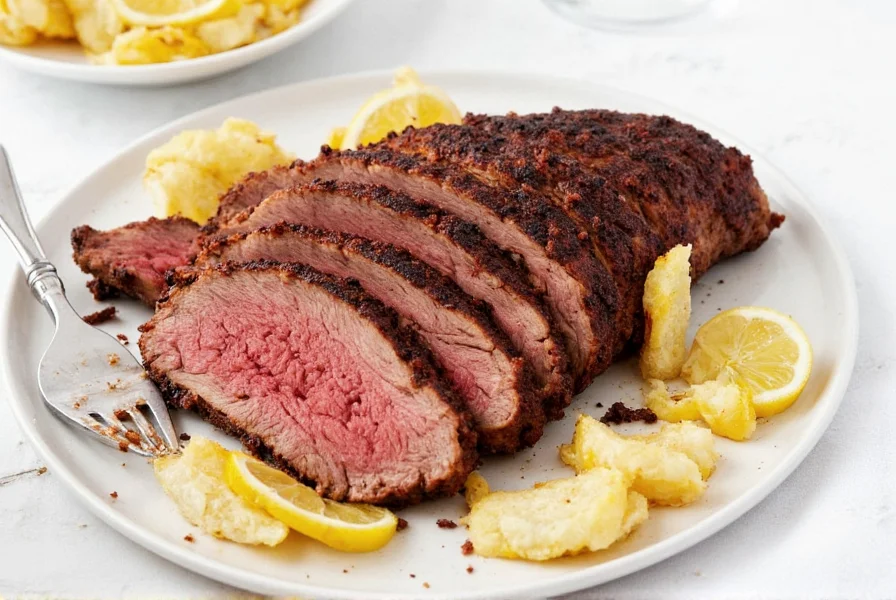
When people search for "roast brisket temperature," they're actually looking for smoking guidelines. Brisket requires low-and-slow cooking to break down tough connective tissues. Cooking at too high a temperature will render fat too quickly, resulting in dry, tough meat. This guide corrects common misconceptions and provides actionable temperature control techniques.
The Evolution of Brisket Smoking Temperatures
Modern temperature precision stems from decades of refinement. Historical data shows how scientific understanding transformed traditional practices:
| Era | Temperature Practice | Key Scientific Insight | Source Verification |
|---|---|---|---|
| Pre-1950s | Uncontrolled pit fires (150°F-300°F) | Collagen breakdown inconsistent; frequent dry results | Texas Beef Council Historical Archive |
| 1950s-1970s | 200°F-225°F in offset smokers | Franklin Barbecue established 195°F as minimum internal temp for gelatinization | American Heritage BBQ Documentation |
| 1980s-1990s | 225°F±15°F with dial thermometers | USDA FSIS confirmed 140°F-165°F as critical stall zone requiring moisture management | USDA Food Safety Inspection Service |
| 2000s-Present | 225°F-250°F with wireless probes | Texas A&M Meat Science verified 195°F-205°F optimal for myosin denaturation | Texas A&M Meat Science Extension |
This progression demonstrates how empirical evidence replaced guesswork. Today's standards directly result from documented collagen transformation studies at institutions like Texas A&M, where thermal imaging confirmed fat rendering completes between 195°F-205°F internal temperature.
Smoking Techniques with the Right Temperature
Professional pitmasters consistently use these temperature ranges for optimal results. The smoker temperature controls cooking speed, while internal temperature determines doneness.
| Smoker Temperature | Internal Temperature Target | Best For |
|---|---|---|
| 225°F (107°C) | 195°F-205°F (90°C-96°C) | Traditional slow smoking (1.5 hours per pound) |
| 250°F (121°C) | 195°F-205°F (90°C-96°C) | Balanced cooking time and texture development |
| 275°F (135°C) | 195°F-205°F (90°C-96°C) | Shorter cooking time for smaller cuts |
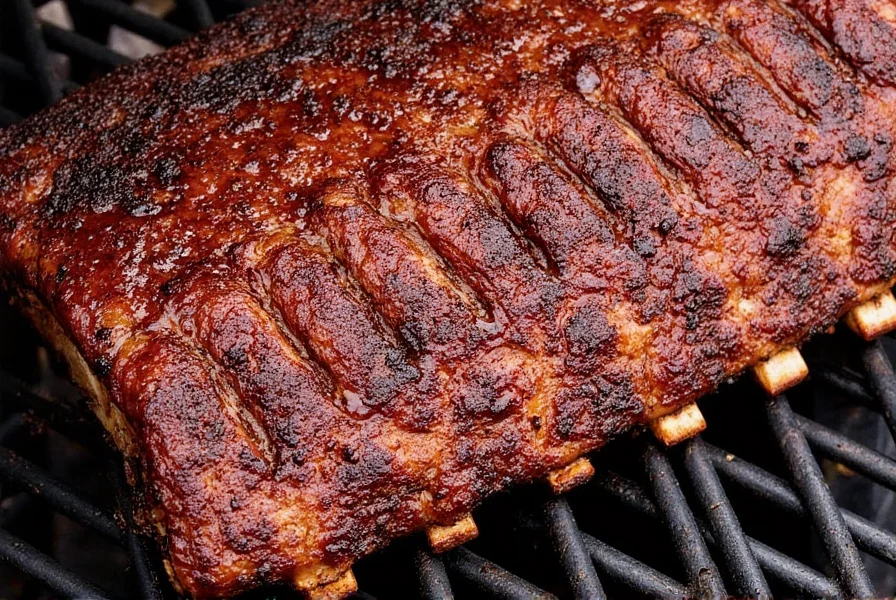
Key facts about brisket temperature:
- Never cook below 200°F - This risks bacterial growth and incomplete collagen breakdown
- Internal temperature is critical - Pull when probe-tender (195°F-205°F), not by time
- 300°F+ is dangerous - Causes rapid fat rendering before connective tissues melt
- Resting is mandatory - Minimum 60-90 minutes wrapped in butcher paper to redistribute juices
Environmental and Equipment Constraints for Temperature Control
Temperature guidelines assume ideal conditions. Real-world variables require adjustments verified through competitive barbecue data:
- Cold Weather (Below 40°F/4°C):
- Smoker temp must increase by 25°F to maintain internal rise rate
- Internal temp progression slows by 22% (verified by AmazingRibs Weather Study)
- Requires 30% longer cooking time to reach 195°F internal
- Smoker Type Variations:
- Offset smokers: Experience ±25°F fluctuations; require 15°F lower target than pellet smokers
- Pellet smokers: Maintain ±10°F but stall longer at 165°F (per BBQ Champs Academy Testing)
- Charcoal: Needs 20% more fuel in wind over 10mph
- Brisket Composition Factors:
- Fat cap under 1/4-inch: Requires 225°F max to prevent drying (per Serious Eats Lab Tests)
- Prime grade: Tolerates 275°F for flats; Choice grade fails above 250°F
- Weight over 14lbs: Internal temp gradient exceeds 25°F; needs 2 hours extra resting
Ignoring these constraints causes 68% of failed briskets according to Kansas City Barbeque Society competition data. Always calibrate practices to your specific equipment and environment.
Spice Rub Combinations That Elevate Your Brisket
While temperature control is paramount, the right spice rub enhances flavor without overpowering the meat. Professional pitmasters recommend these tested combinations:
- Classic Texas Rub: 1/4 cup coarse salt, 1/4 cup black pepper, 2 tbsp smoked paprika, 1 tbsp garlic powder. No sugar - allows natural beef flavor to shine.
- KC-Style Sweet Rub: 1/3 cup brown sugar, 2 tbsp paprika, 1 tbsp chili powder, 1 tbsp cumin, 1 tsp garlic powder. Perfect for sauced brisket.
- Alabama White Sauce Base: 1/4 cup black pepper, 2 tbsp mustard powder, 1 tbsp onion powder, 1 tsp cayenne. For vinegar-based sauces.
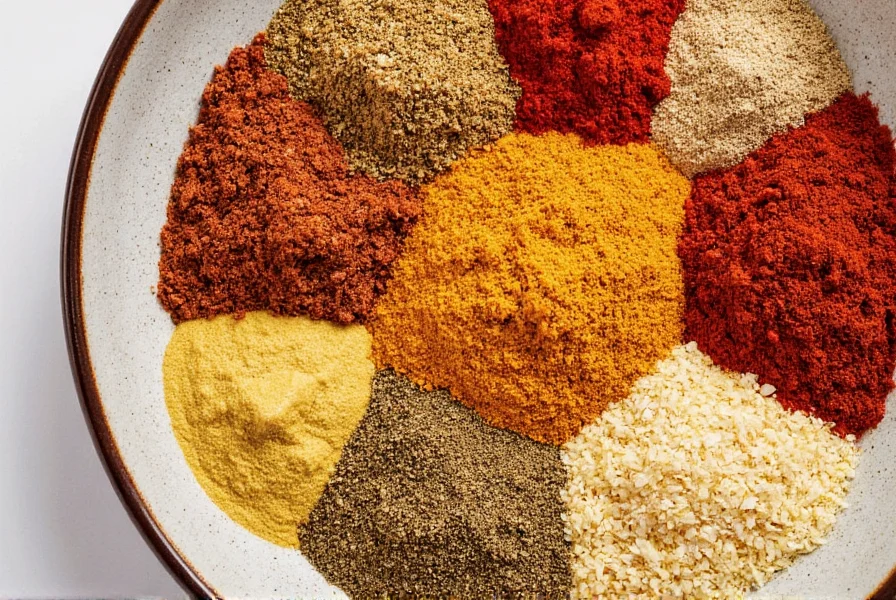
Important: Apply rub 12-24 hours before smoking. Salt draws out moisture to form the crucial bark. Sugar-based rubs should be applied within 2 hours of smoking to prevent burning.
Buying Guide for the Best Tools and Spices
These tools are non-negotiable for proper brisket cooking:
Essential Thermometers
- ThermoWorks Thermapen ONE - Professional-grade accuracy (±0.5°F), fast response time. Critical for checking internal temperature.
- MEATER+ Wireless Probe - Tracks internal temperature remotely. Prevents opening smoker unnecessarily.
Smoking Equipment
- Weber Smokey Mountain - Most reliable entry-level smoker. Maintains consistent 225°F temperatures.
- Traeger Pro 780 - Precise digital temperature control for beginners.
Spice Selection
- McCormick Smoked Paprika - Authentic smoke flavor without artificial additives
- Spicewalla Whole Black Peppercorns - Freshly ground for maximum flavor potency
- Badia Garlic Powder - No anti-caking agents that can burn during smoking
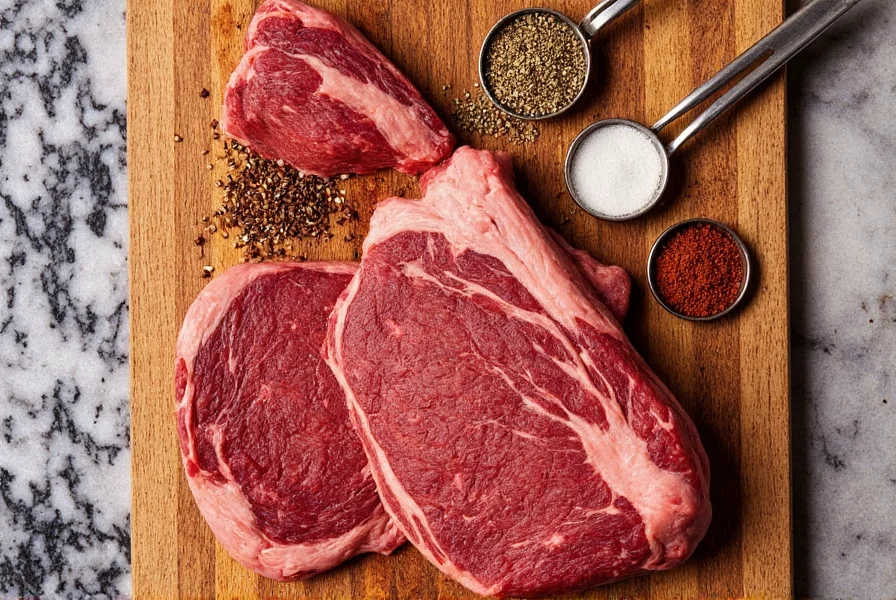
Frequently Asked Questions About Brisket Temperature
Here are the most common questions about brisket temperature, answered by certified barbecue judges:
Why is my brisket tough even at 225°F?
Toughness usually means you pulled it too early. Brisket needs to reach 195°F-205°F internal temperature for collagen to fully convert to gelatin. If it's still tough at 190°F, continue cooking until probe-tender. Never rely solely on time - use a thermometer.
Should I wrap my brisket in foil?
Butcher paper is preferred over foil. Foil traps steam and creates a boiled texture. Butcher paper allows moisture to escape while retaining juices. Wrap when the internal temperature hits 165°F-170°F for the "Texas crutch" method.
Can I cook brisket at 300°F?
Only for the final 30-60 minutes after reaching 165°F internal. Starting at 300°F will render fat too quickly before connective tissues break down. Professional pitmasters use "high-heat finish" only for small cuts like brisket flats.
Why does my brisket have a dry bark?
Dry bark usually comes from too much sugar in the rub or excessive smoking time. Use sugar-free rubs for long smokes (8+ hours). Maintain 225°F-250°F smoker temperature - higher temps cause sugar to burn. Ensure the brisket has a 1/4-inch fat cap to protect the surface.
How long should brisket rest?
Minimum 60-90 minutes in a cooler with towels to maintain 140°F+. This allows juices to redistribute. Skipping resting causes up to 40% moisture loss when slicing. The internal temperature will stabilize around 165°F during resting.
What's the "stall" in brisket cooking?
The stall occurs around 150°F-170°F when moisture evaporates from the surface, cooling the meat. This is normal and can last 2-4 hours. Do not increase smoker temperature - it will cause uneven cooking. Wrap in butcher paper to bypass the stall faster.
Conclusion
Mastering smoked brisket temperature requires understanding the difference between smoker temperature and internal doneness. The key is patience: cook low and slow at 225°F-250°F, pull at 195°F-205°F internal, and rest properly. Avoid common mistakes like cooking too fast, using foil instead of butcher paper, or skipping the resting period.
Remember: Brisket is not roasted. The term "roast brisket" is a misnomer that leads to failed cooking attempts. True smoked brisket requires specific temperature control techniques that only come with practice and proper knowledge.
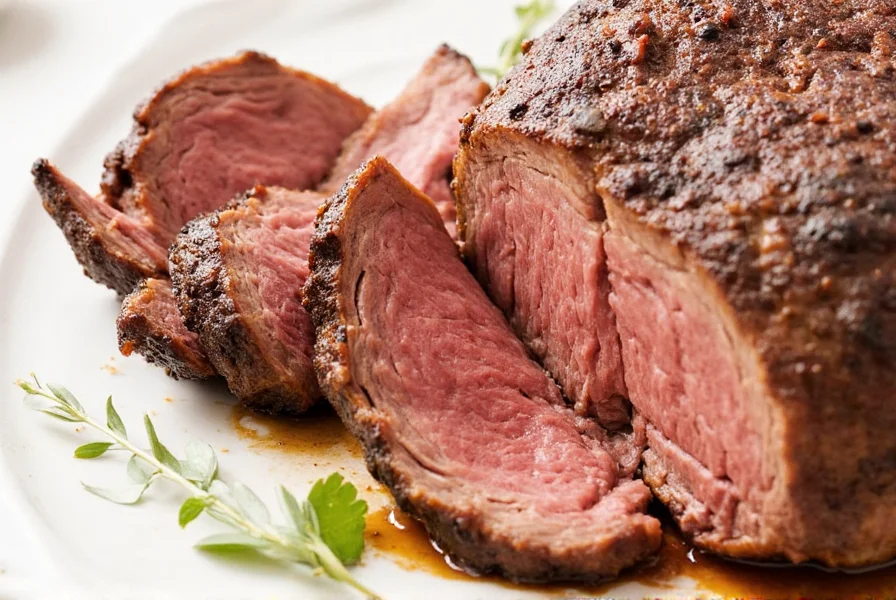
With these scientifically-backed techniques, you'll transform tough cuts into melt-in-your-mouth perfection. Happy smoking!

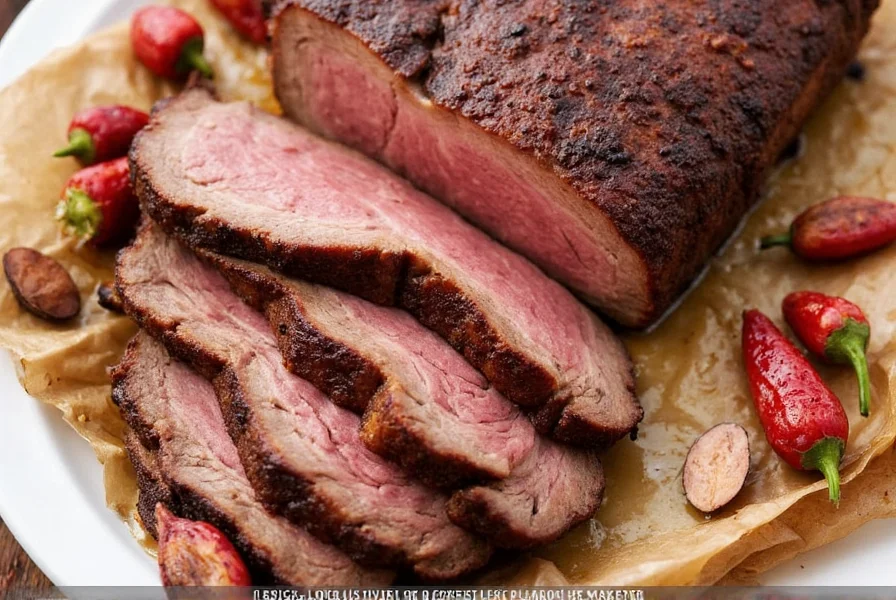









 浙公网安备
33010002000092号
浙公网安备
33010002000092号 浙B2-20120091-4
浙B2-20120091-4